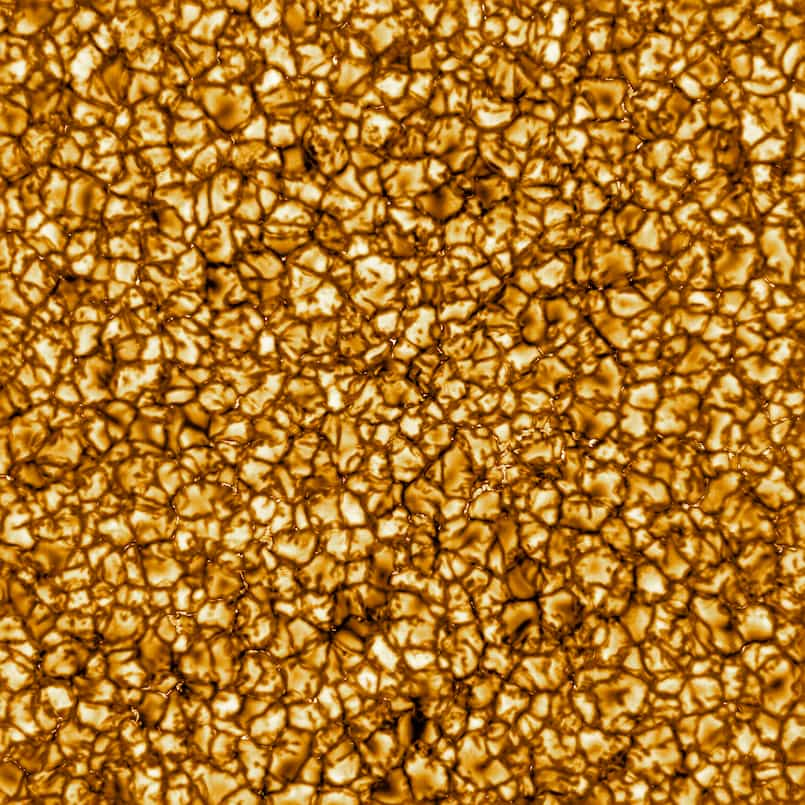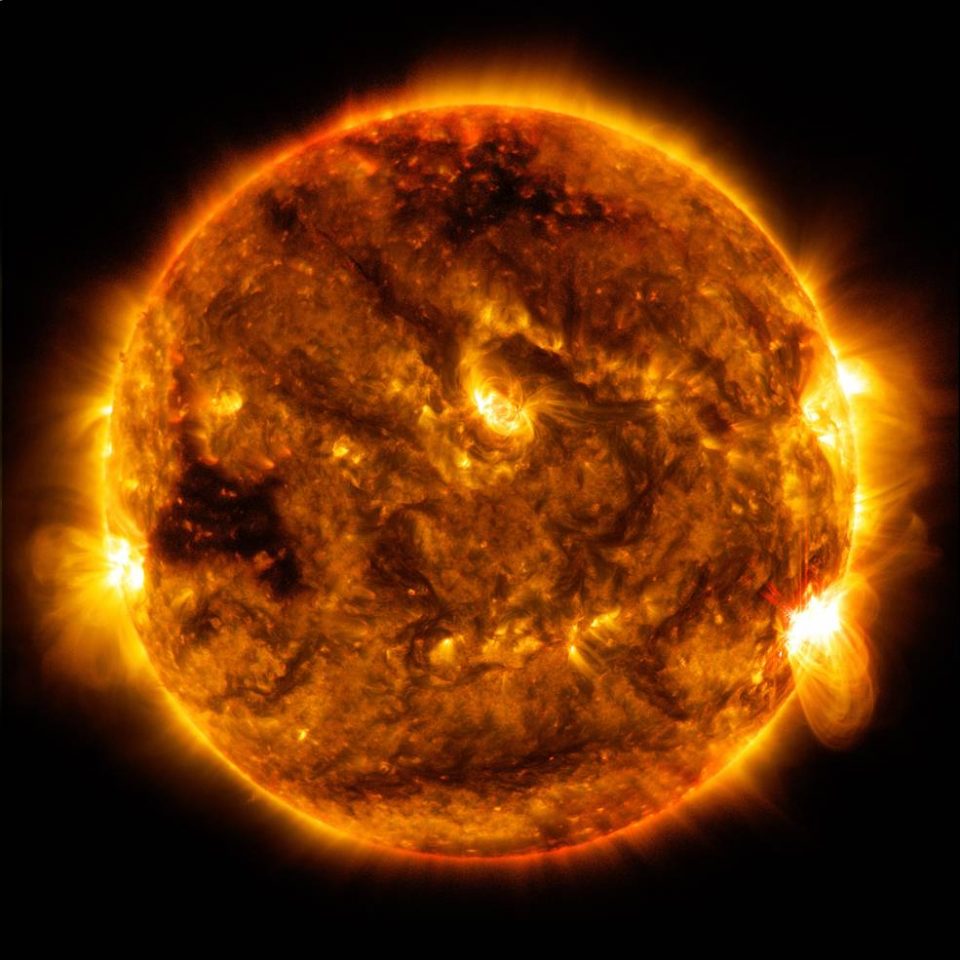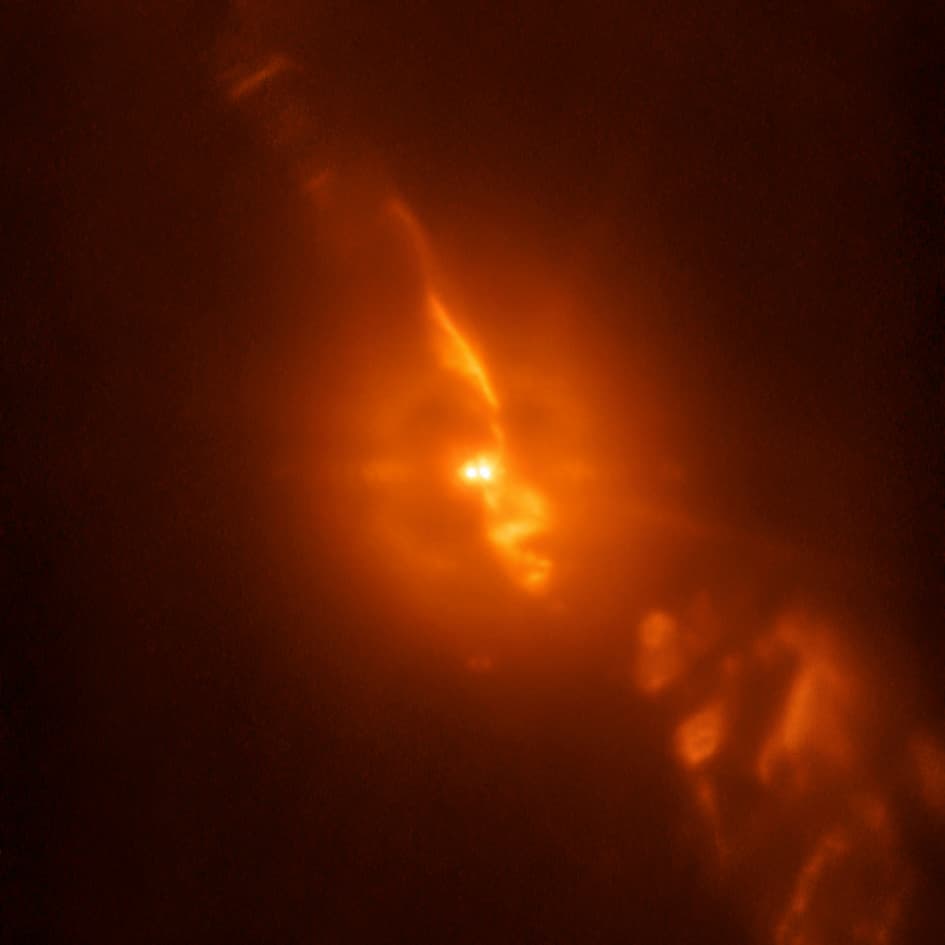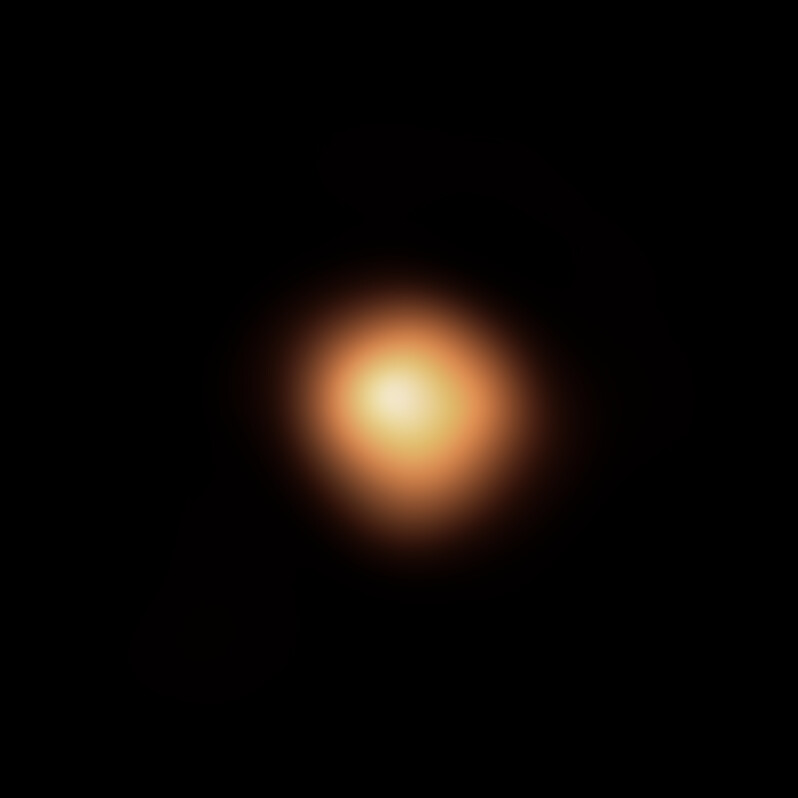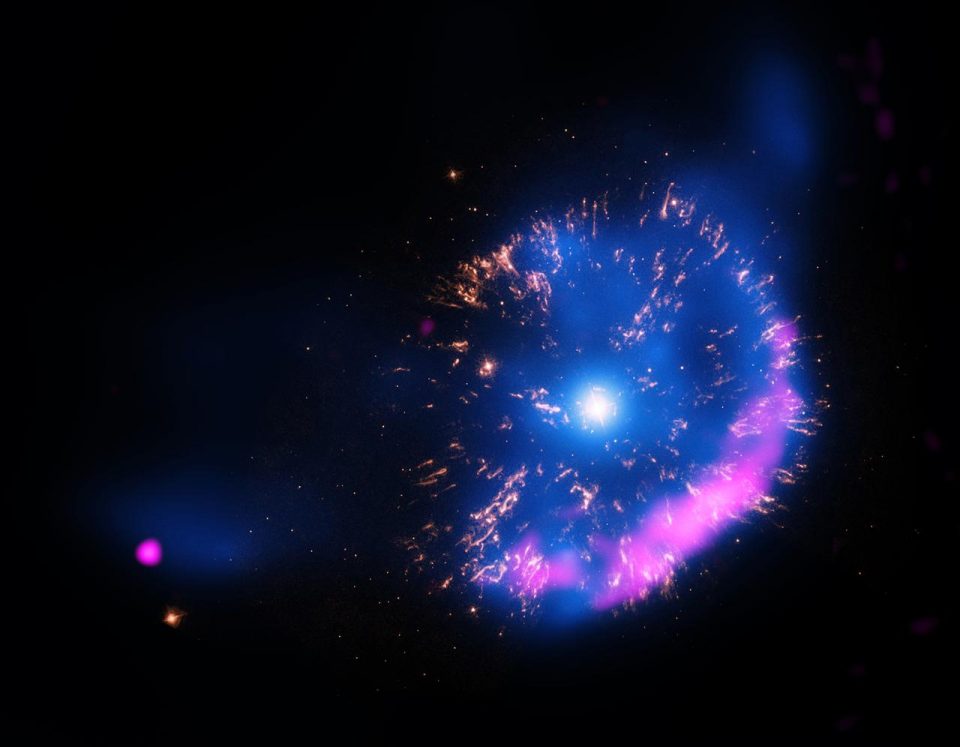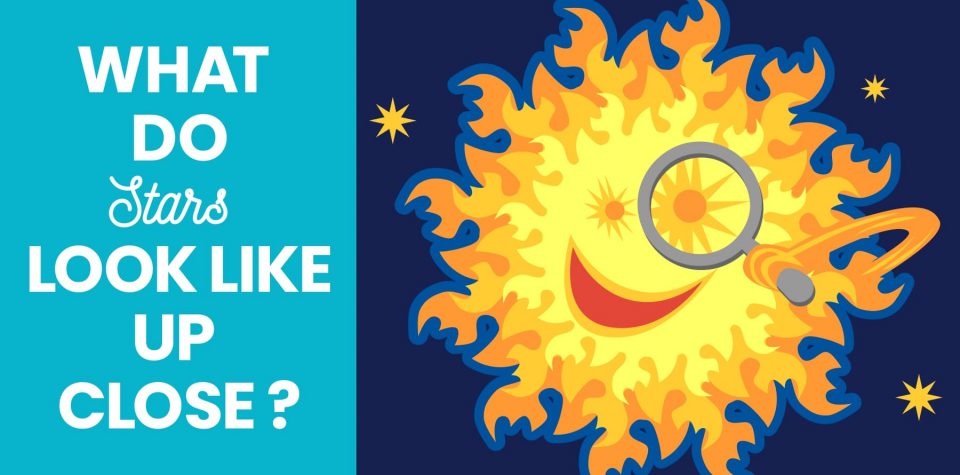
What Do Stars Look Like Up Close?
Up close, stars look like enormous balls of brightly glowing gas, shrouded in wispy trails of glowing smoke. Imagine a huge smoky balloon with a popcorn-like texture, lit from inside, that steams and spins and occasionally burps up streams of fire. If you were a kid embarking on an adventure through space, you’d see lots of stars on your way, so read on to discover more about what you’d find!
The Sun Up Close
Scientists know what stars look like up close through studying the stars closest to Earth. We have the most information about the Sun, which people watch constantly through telescopes on Earth and in Earth’s orbit. Some space agencies have also sent robotic probes right up to—and even into—the Sun.
All that studying has given us a closer look at the Sun than any other star. The Sun’s surface is made of bubbling, shifting clouds of roiling gas. Brightest in the center and dark around their edges, the clouds are difficult to describe. Some people think they look like peanut brittle, or popcorn, or the edge of an explosion filmed in super slow motion. Take a look for yourself and see what you think.
Anytime you look at a picture of the Sun (or another star), it’s important to remember that it’s been filtered so you can see details. The Sun is so bright, and other stars so far away, that scientists use computer programs to only show certain kinds of light.
This picture of the Sun, which shows the whole Sun at once instead of zooming in on a small piece of it, gives you a very different view of what stars look like up close.
Other Stars Up Close
Scientists also study what other stars look like up close. In the binary star R Aquarii, two stars orbit each other very closely. The intense gravity from one of them is slowly pulling the other apart, making this star look very different from the Sun!
It can be hard to tell what other stars look like up close because they’re so far away from Earth. The star Betelgeuse is one of the brightest in the sky and scientists have studied it a lot. But because it’s 724 light-years, or 425 quadrillion (a quadrillion is a million billion—written out it looks like 1,000,000,000,000,000) miles away, it looks like a fuzzy blob even through our best telescopes.
Dimmer, colder stars like red dwarfs are even harder to see. The red dwarf CHXR 73 is over 200 light-years closer to Earth than Betelgeuse. But it looks even less clear!
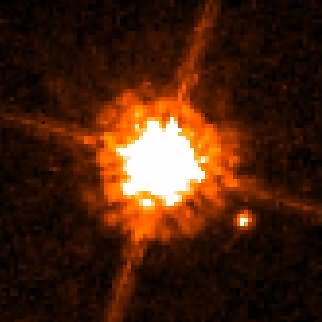
The Color of the Stars
Stars range in color from red to blue-white. Anywhere in the universe, light from a glowing object, from the logs in a campfire to the gas in a star, takes on a different color depending on how hot the object is. So astronomers carefully measure the color of starlight because it lets them determine how hot or cold stars are.
You can see the different colors of stars for yourself in this image of the star cluster NGC 3532 taken by the La Silla Observatory in Chile.
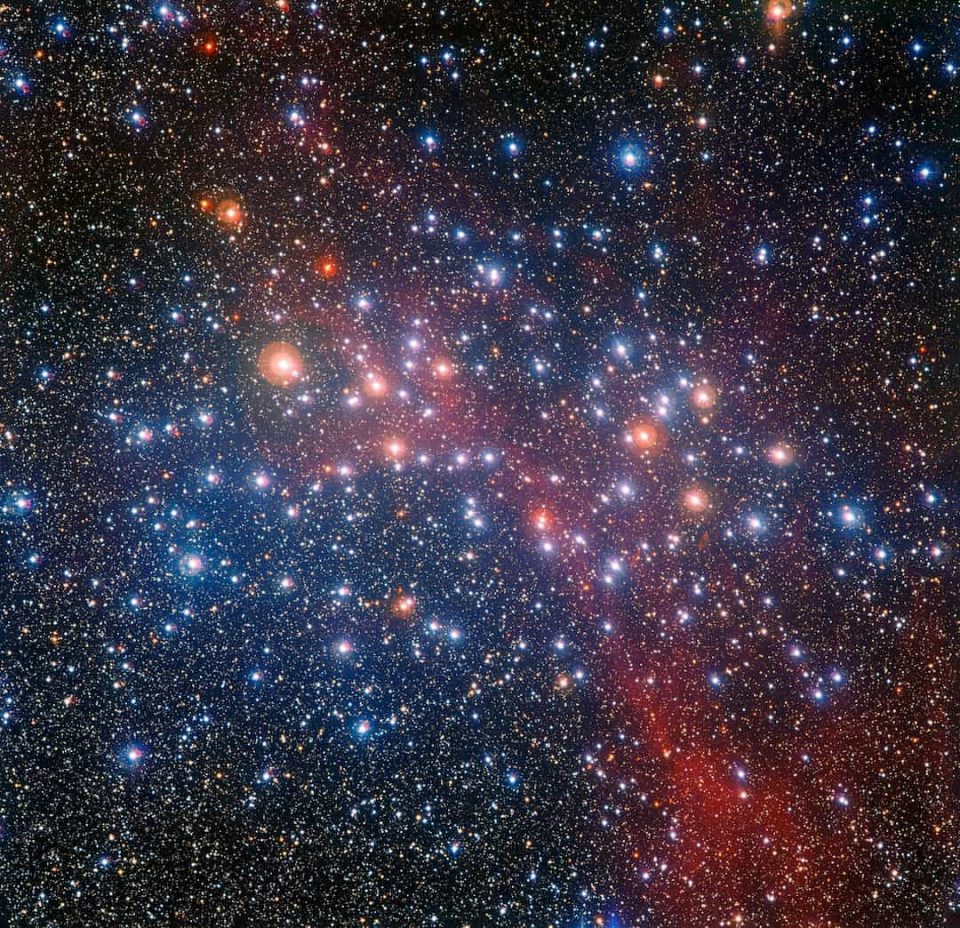
To measure a star’s color, scientists use special filters to examine the brightness of a star’s light, one color at a time. Then they compare the results of the different colors to determine a star’s temperature. This method helps them measure temperature more exactly than relying on a single color or light with all the colors mixed together, especially when a star’s light is being partly blocked by an interstellar dust cloud.
What Color Are the Hottest Stars?
The hottest stars, which are over 71,000 degrees Fahrenheit, look blue or blue-white. Some are small, blistering-hot cores left behind when larger stars die, called white dwarfs. Others are supergiant stars like Rigel, Deneb, and Canopus, which can be up to 16 times as massive as the Sun!
This image shows the white dwarf GK Persei undergoing a nova, an explosion that blew off some of its gas.
What Color Are the Coolest Stars?
The coolest stars look red and are about 3,100 degrees Fahrenheit. Most red stars we can see well enough to study are giants or supergiants, like Betelgeuse. Red giants form when stars like our Sun run out of hydrogen fuel in their cores. With the core exhausted, the star begins fusing hydrogen in its outer layers. That makes it swell up to become a giant, and once it’s so big more of its surface can radiate heat into the cold of space, which cools it off.
This image of Betelgeuse has been illustrated to show how big it is compared to our solar system. The red giant is 1,400 times as big as our Sun—big enough to swallow Mercury, Venus, Earth, Mars, and Jupiter!
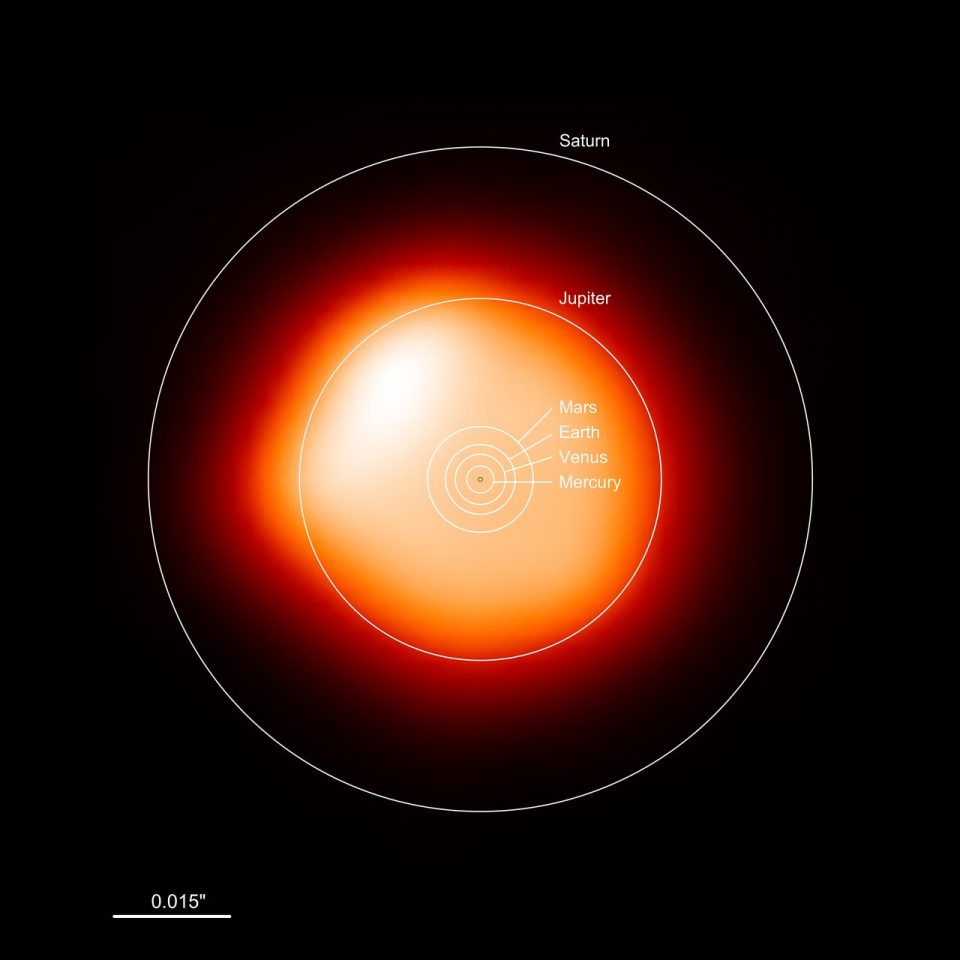
Together Time
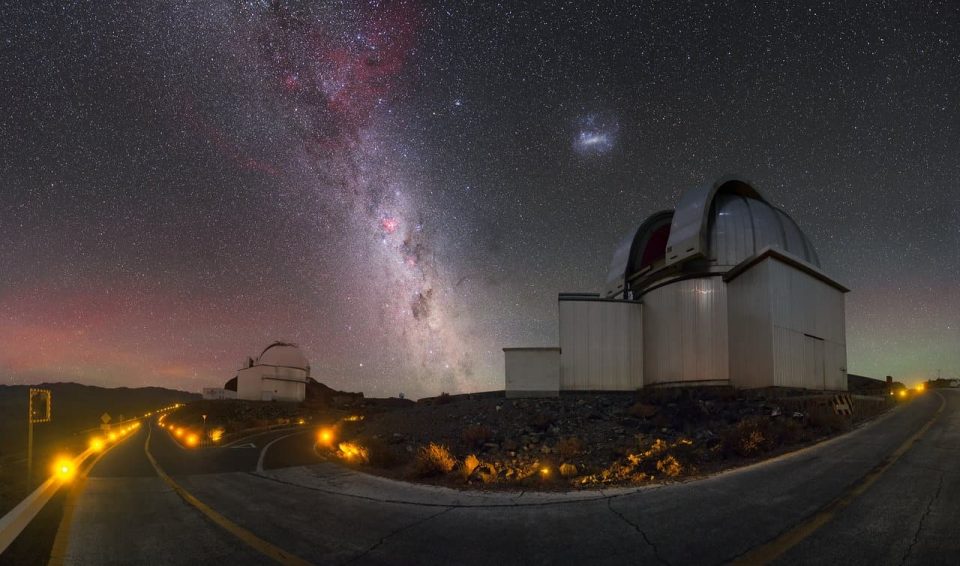
You can’t see what a star looks like up close with the naked eye, but if you’re lucky, you might be able to see star color. On a bright, clear night, head outside to a dark area with your family. If you live in a city, you may need to travel to its edges and look out toward the wilderness or take a longer trip to get away from lights.
Once you’re in a clear area, look straight up and find the brightest stars in the sky. If you have good eyesight and you’re in a good stargazing area, you may be able to see stars that look yellower or redder than others. Betelgeuse, which appears in the constellation Orion, is famous for looking red. It’s very close in the sky to Rigel, which usually looks white. If Orion is up, try to spot the difference between the two!
As you’re searching, don’t be fooled by the flickering colors of stars close to the horizon—these apparent changes have nothing to do with the color of the stars. They’re produced by light scattering in the Earth’s atmosphere instead. The lower a star appears in the sky, the more atmosphere its light travels through before it reaches your eyes, and the more its light scatters.

